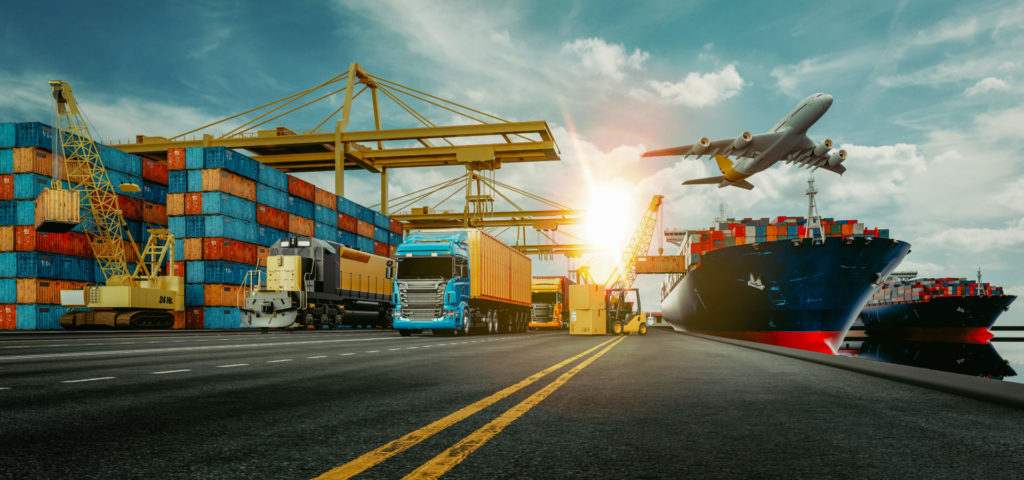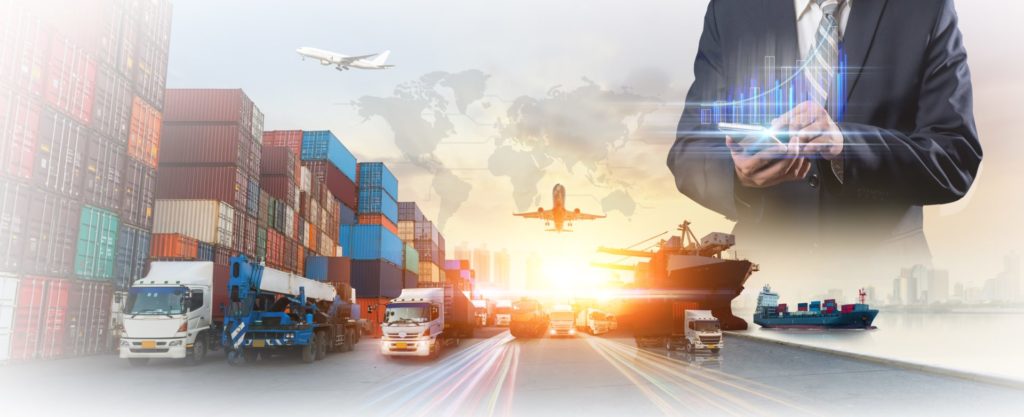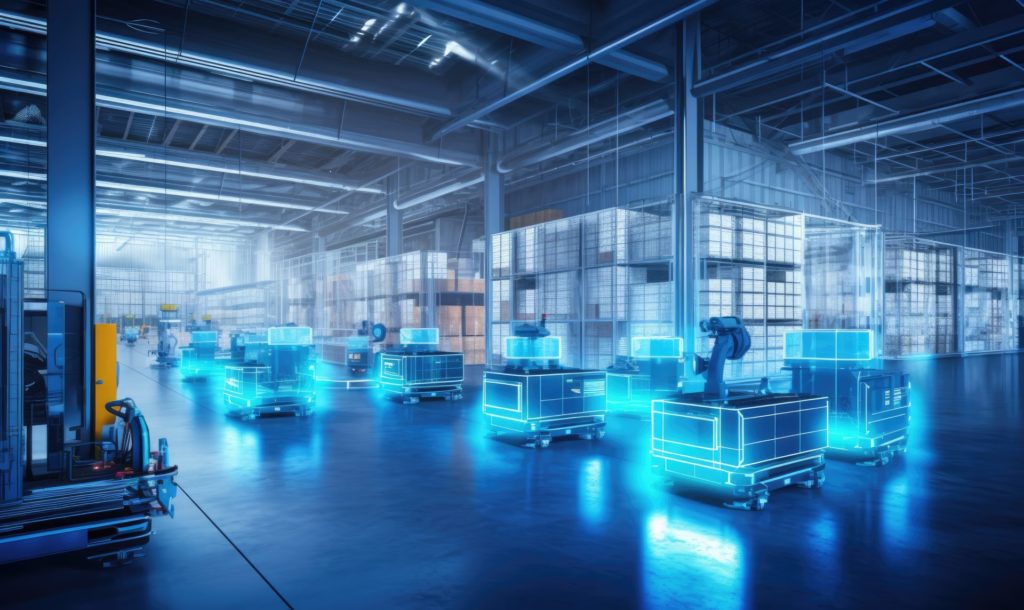Green ammonia – the derivative substance of green hydrogen – is quickly becoming a promising sustainable energy solution around the world. Trading company Trafigura predicts that green ammonia will become a tradeable commodity as soon as 2025. But what is green ammonia, and how should its future trading status be regarded by investors as well as the energy industry?
Putting the ‘green’ in green ammonia
The chemical compound ammonia is informally classified using a color scheme that reflects the carbon intensity required for its production. Green ammonia is made with hydrogen that is harnessed using water electrolysis, which in turn is powered by alternative energy – meaning that the green ammonia production process emits essentially zero carbon dioxide. Green ammonia can be used as a fuel source (for fertiliser and chemical production, among other possibilities) – or converted back to hydrogen.
These properties are particularly important in a world where climate change is already altering weather patterns, and consumer sentiment shows increased demand for sustainable business practices. Likewise, the rising cost of energy in Europe and elsewhere has already pushed the private sector to seek materials made from alternative energy sources.
The pace of adaptation
For these reasons, an international trade in green ammonia can be expected in the near future – even though mass commercialisation could take a while. Some experts believe it will take less than two decades for the total volume of world trade in green ammonia to triple the 2020 trade volume of gray ammonia.
Extrapolating from current and predicted usage patterns, Japan and China will be the largest markets for green ammonia from 2030 through 2050 and beyond, with EU nations following behind. Major exporters of green ammonia will include several Middle Eastern countries, as well as Australia – with some producers in Africa and Latin America contributing significantly to global totals as well.
Prices and practicalities
The widespread availability of green ammonia over the coming decades could disrupt markets for related commodities, while also benefitting industries whose processes rely on its many uses yet currently pay more for similar types of products.
Practical and logistical requirements will also shift with the introduction of green ammonia to the global industrial sector. Materials like liquid hydrogen usually need to be stored at extreme temperatures of minus 253°C, requiring bulky tanks that are highly compressed. Ammonia is a far less demanding material, enabling cheaper and easier transportation.
Moreover, as ammonia itself is easily liquefied, it can be more energy dense than hydrogen. As such, it carries more energy by volume than pure hydrogen – making it possible to increase the value of each shipment worldwide using ammonia.
Part of a larger solution
The processes which make green ammonia possible represent an important step forward for industry. Yet as with all types of change within the business world, adapting to their benefits will require forward-thinking companies staffed with real expertise. Each change must be anticipated accurately, timed correctly, fit into wider strategic plans, and executed with great skill.
Furthermore, its significance must be broadly communicated to employees as well as consumers. If companies are to retain their talent as well as their customer base, they will need to articulate and practise a coherent set of values that these stakeholders truly believe in. Widely shared values such as environmental responsibility and sustainable business practices will fit in well with any company’s brand identity – and the reputation they seek to cultivate.
The role of green ammonia within this framework is clear. Sustainability is by no means an all-or-nothing issue; it is the result of dozens of incremental steps, working harmoniously together to serve an over-arching vision of corporate responsibility. A simple switch to clean, green ammonia may never single-handedly transform a business from polluting to eco-friendly, yet such a step will often be necessary as part of the larger transformation process.
Making the necessary preparations
The complexity inherent in this sort of business transformation has important implications for its execution. Tasks that are static and straightforward can be managed relatively easily, through either top-down leadership or temporary guidance from a specialist brought in to oversee the process. More complicated operations require a corresponding increase in planning and preparation.
The introduction of a new commodity like green ammonia is most certainly an example of the latter, as markets initially swing back and forth in search of a stable price. Organising supply chains for this new material will also require additional work, as will the process of incorporating this material into operations where appropriate.
The internal and external messaging that follows such a transformation will also need to be carried out with skill and delicacy. Brand identities may shift in subtle ways, prompting a subsequent search for another material or technology that can push the quest for sustainability one step closer to the finish line.
Each of these movements is likely to be gradual, with moving parts that require attention and adaptation every step of the way. In such an environment, top-down leadership must give way to in-house expertise at the departmental level. Such expertise requires real talent and experience, combined with an understanding of what such a transformation means for the company as a whole.
In short, your business will almost certainly need to add skilled professionals in key roles, who are a strong match for both the needs and the culture of your organisation. Given that other businesses in your industry will soon discover that they too have similar needs, the time to begin the recruitment process is now. With the economy moving back onto a growth trajectory, and only a limited number of true experts available in the necessary fields, the job market will only get tighter from here on out.
Greater sustainability is within reach
One way for commodity and industrial firms to achieve resilient growth in the long run, is to incorporate green ammonia into their long-term forecasts. We can help bring in the right talent to help you succeed. Contact us today to get started.










